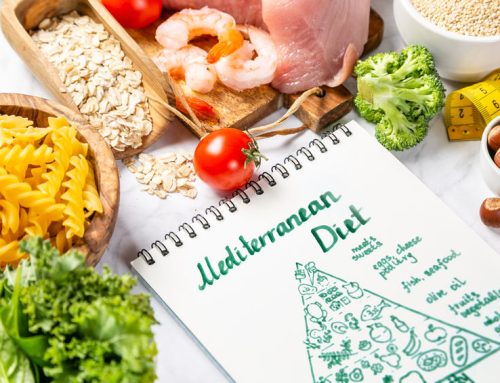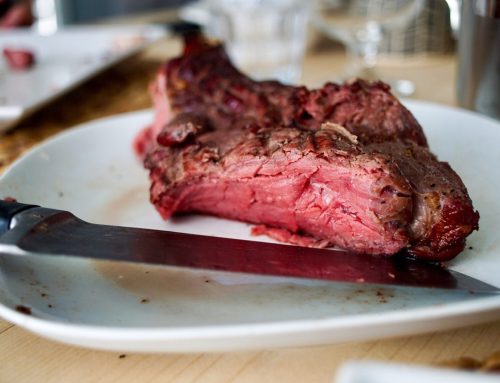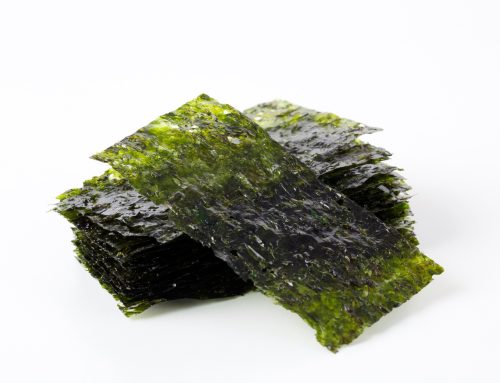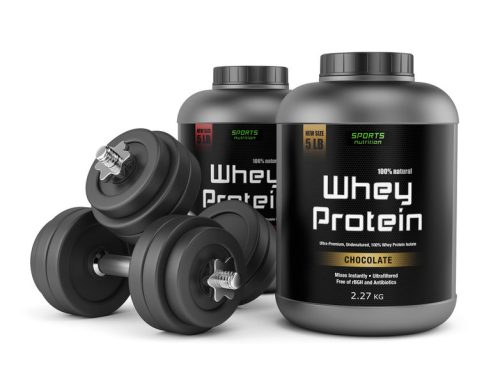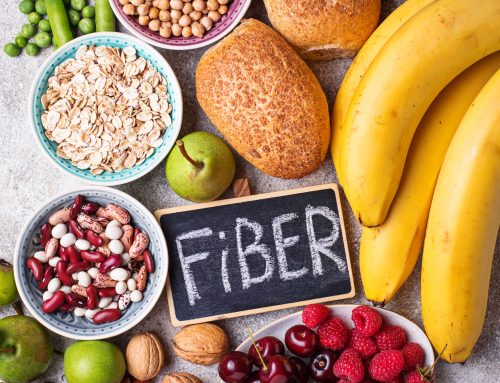What are the best protein sources? Red meat is a good source of protein, but it should be limited due to its association with heart disease. So, what are the best protein sources? Think plant and seafood.
Best Protein Sources According to a Noted Cardiologist
While life is certainly bound to throw curveballs that we cannot anticipate or prevent, it still holds true that the food habits we live by now play a major role in how we will live and age in the future. It’s something cardiologist Alejandro Junger MD, founder and medical director of the Clean Program, talks about with his clients on a regular basis.
1. Plant proteins such as beans, lentils, chickpeas, and tofu
No matter what Blue Zone it is—Sardinia, Italy; Okinawa, Japan; Nicoya, Costa Rica; Ikaria, Greece; or Loma Linda, California—Dr. Junger says something that they have in common is that plants make up the vast majority of their diets, protein included. Beans, lentils, chickpeas, and tofu are all plant-based proteins that are common in Blue Zones, depending on the region. “Plant proteins are ‘entouraged’ with other phytonutrients that promote heart health, such as polyphenols and antioxidants,” Dr. Junger says.
“The longevity all-star food is beans. If you’re eating about a cup of beans a day, it’s probably worth an extra four years of life expectancy,” Blue Zones expert Dan Buettner previously told Well+Good. One reason for this is because they’re so good for your heart, scientifically linked to lowering blood pressure. Chickpeas are also a particularly good heart-healthy protein because they’re rich in soluble fiber and help keep blood sugar levels steady.
2. Nuts
Nuts are another excellent form of protein for heart health, says Dr. Junger, and they are also eaten abundantly in Blue Zones around the world. The reason why nuts are so good for your ticker is because they’re high in antioxidants (which helps with blood flow) and monounsaturated fats (linked to a decreased risk of heart disease).
Different types of nuts have their own unique nutritional profile, but something they all have in common is that they’re high in protein and good for your heart.
3. Wild fish and game
Though people in Blue Zones largely eat plant-based foods, Dr. Junger is not against animal proteins. In fact, he says wild fish and game (such as bison or free-roaming cows) are both good sources of omega-3 and omega-6 fatty acids, directly linked to decreasing the risk of heart disease. How does, however, emphasize that it’s important to consider where your fish or animal proteins are being sourced from.
“What [people in Blue Zones] all have in common is a diet rich in plants—and when it comes to animal protein, they get it from animals that are living in the wild, just as nature designed them to live,” he says. “[They eat] fish from the oceans or rivers and wild game that lives naturally and grazes on pastures that are naturally occurring as opposed to feedlots where they are fed unnatural diets,” he explains.
When buying fish, Dr. Junger recommends prioritizing wild-caught. There are also certain certifications to look for to ensure that the fish you’re buying is sustainably sourced. Most notably is the Marine Stewardship Council, which takes into account codes and guidelines provided by the UN Food and Agriculture Organization (FAO), ISEAL, and the Global Sustainable Seafood Initiative (GSSI). The Aquaculture Stewardship Council is another label to look for, which is an independent non-profit that has a certification for fish farms.
Buying meat that is regenerative indicates that the animals were grass-fed, lives on certified organic pastures, and none of the feed was sprayed with synthetic pesticides. Grass-fed meat means that the animals ate grass as opposed to feed.
As you can see, the list of protein for heart health is vast and varied. This allows for plenty of ways to switch up what you eat. What’s important to keep in mind, according to Dr. Junger, is choosing protein sources that are in tune with nature. “Eating real foods as opposed to ‘food-like’ or ‘edible’ products is at the core of being in tune with nature,” he says. “When it comes to proteins, it is not different.”
Click here to read full article and learn what are the best protein sources.



